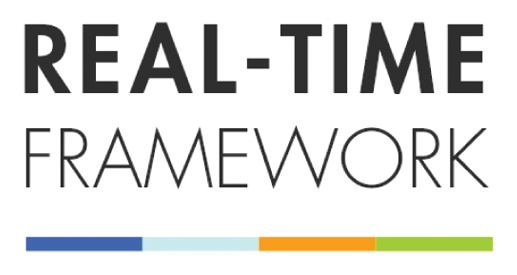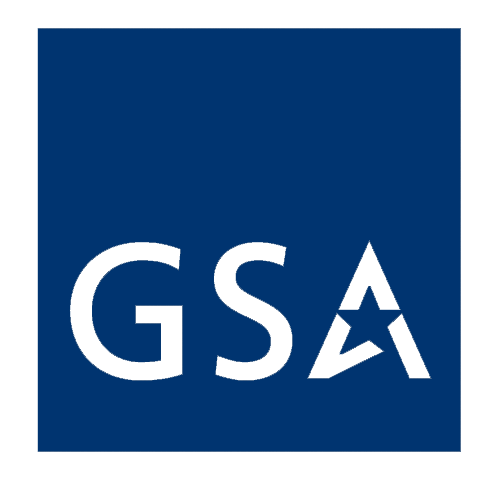Study of Teacher Preparation in Early Reading Instruction
Study of Teacher Preparation in Early Reading Instruction
Salinger, T., Mueller, L., Song, M., Jin, Y., Zmach, C., Toplitz, M., Partridge, M., & Bickford, A.
Executive Summary
A component of the No Child Left Behind Act (NCLB) (PL 107-110) is its emphasis on the importance of systematic and explicit instruction in early reading using practices that are grounded in scientific research. The Reading First legislation (Title I, Part B, Subpart 1)1 within NCLB is designed to support state and local education agencies so that they can in turn base their early reading instruction on scientific research and focus on five ―essential components of early reading instruction, as defined by the legislation and informed by the National Reading Panel2: (1) phonemic awareness; (2) phonics; (3) vocabulary development; (4) reading fluency, particularly oral reading skills; and (5) reading comprehension strategies.
The Study of Teacher Preparation in Early Reading Instruction responds to a congressional mandate in the Reading First legislation for ―a measurement of how well students preparing to enter the teaching profession are prepared to teach the essential components of reading instruction‖ (No Child Left Behind Act, 2001, Section 1205(c)(8))3. The study was commissioned by the National Center for Education Evaluation and Regional Assistance at the U.S. Department of Education’s Institute of Education Sciences. The study plan included a survey about teacher education programs and an assessment of pre-service teachers’ knowledge about the essential components of early reading instruction.
To view the full report, please click here
1 See Title I, Part B, Subpart 1, Student Reading Skills Improvement Grants – Reading First, especially Section 1208(3). Downloadable from: http://www.ed.gov/policy/elsec/leg/esea02/pg4.html
2 National Institute of Child Health and Human Development. (2000). Report of the National Reading Panel. Teaching children to read: An evidence-based assessment of the scientific research literature on reading and its implications for reading instruction (NIH Publication No. 00-4769). Washington, DC: U.S. Government Printing Office. Downloadable from: http://www.nationalreadingpanel.org/
3 See Title I, Part B, Subpart 1, Student Reading Skills Improvement Grants – Reading First, especially Section 1205(c)(8). Downloadable from: http://www.ed.gov/policy/elsec/leg/esea02/pg4.html












Connect with us Facebook
Facebook  Twitter
Twitter  LinkedIn
LinkedIn